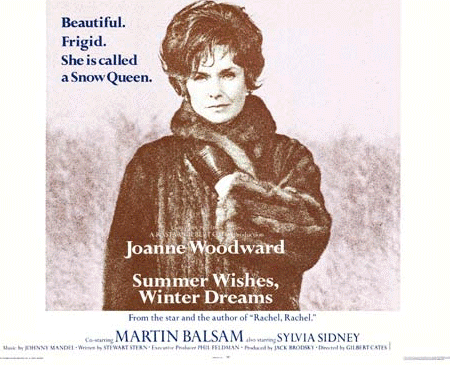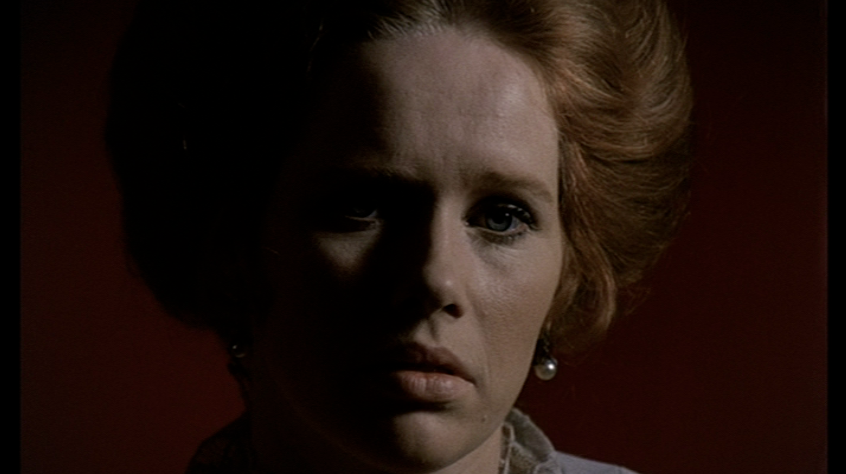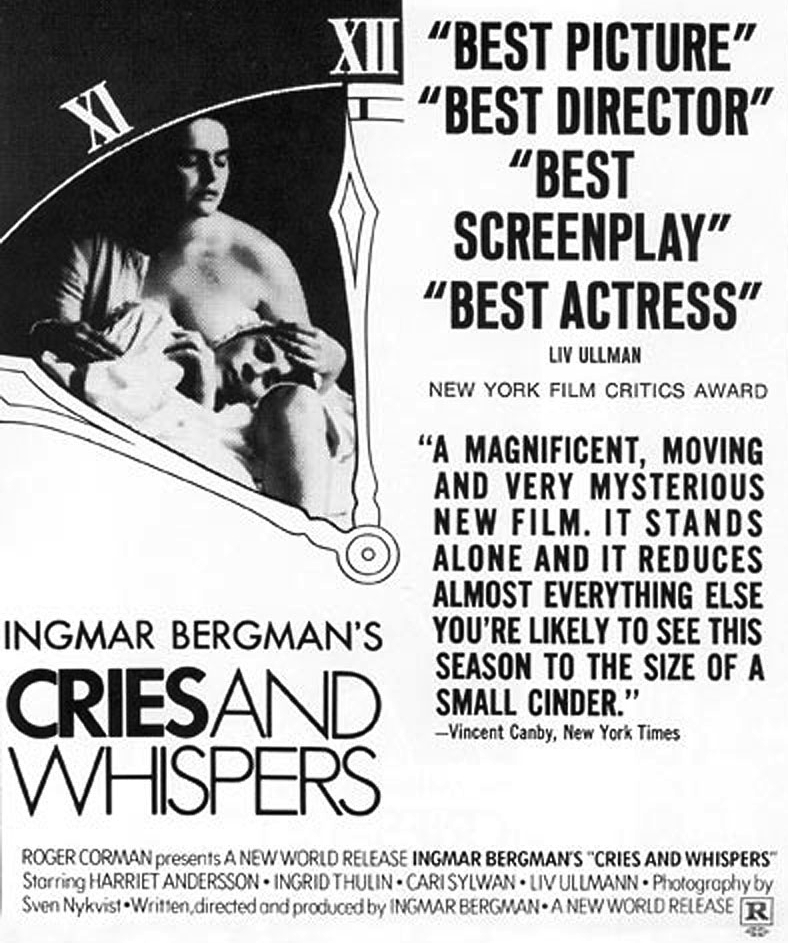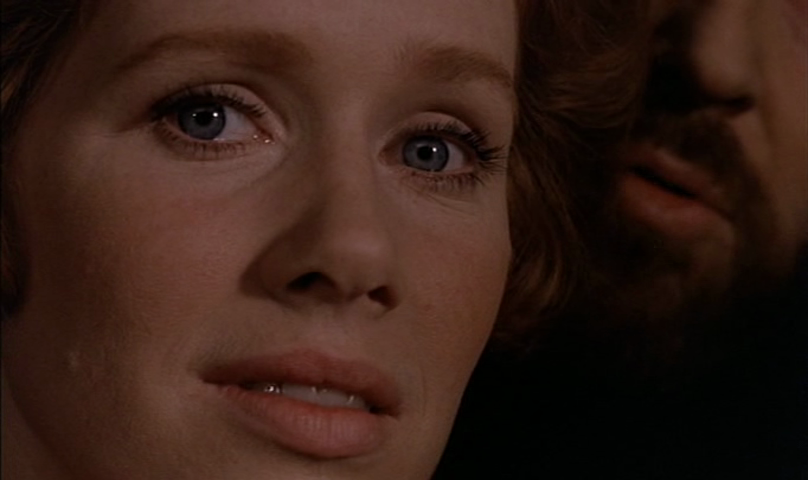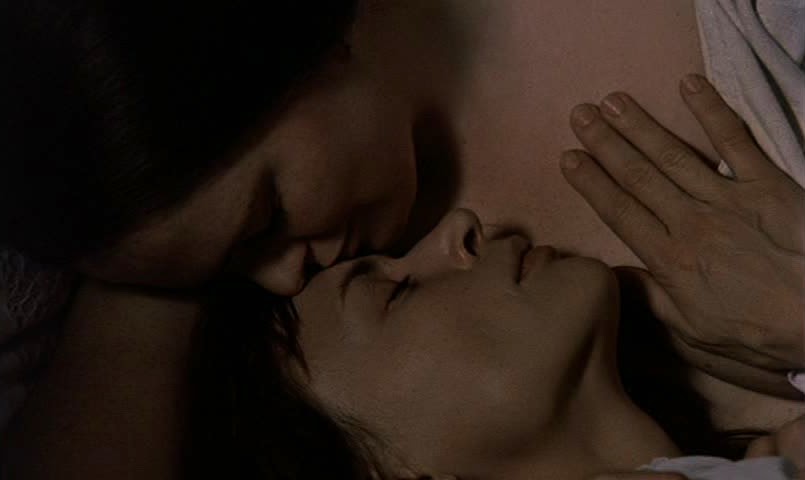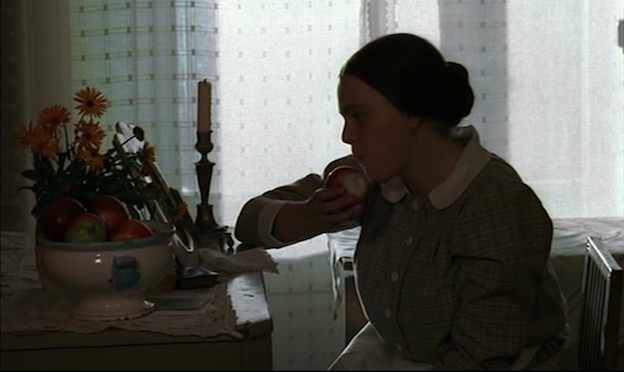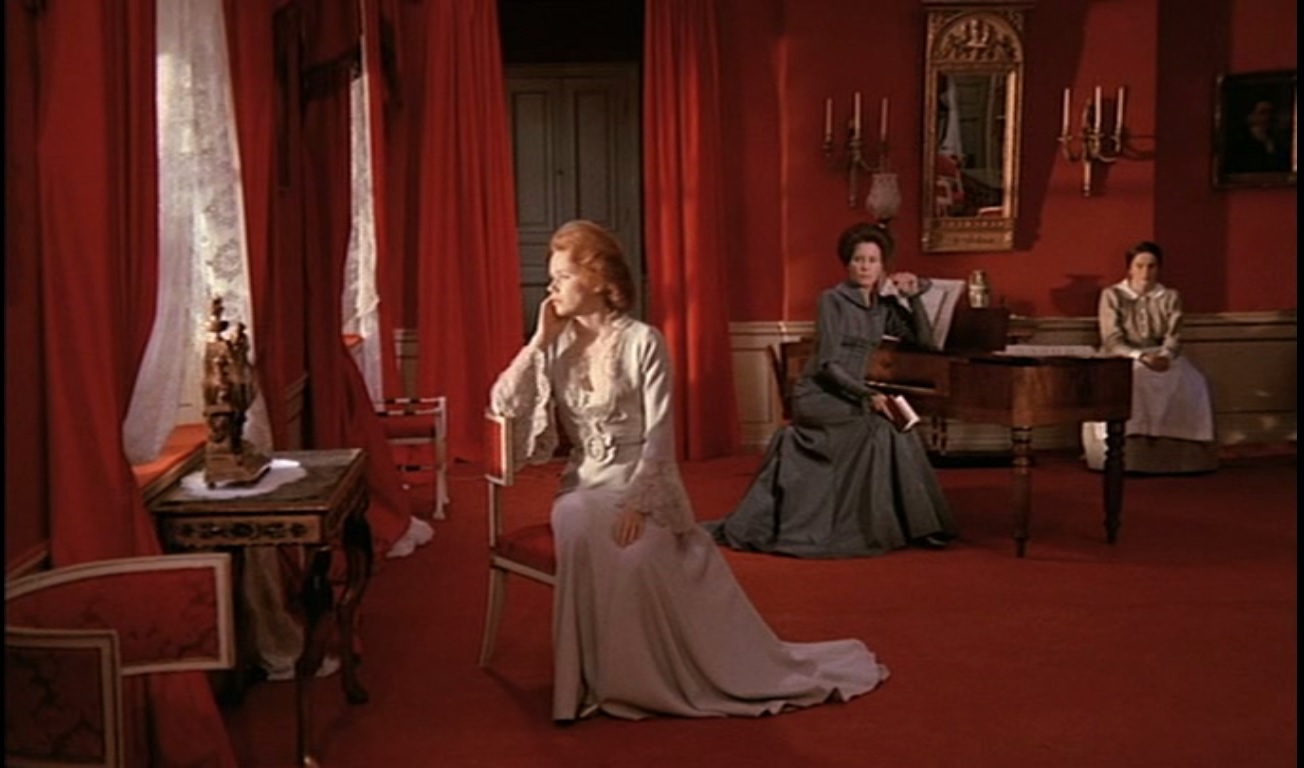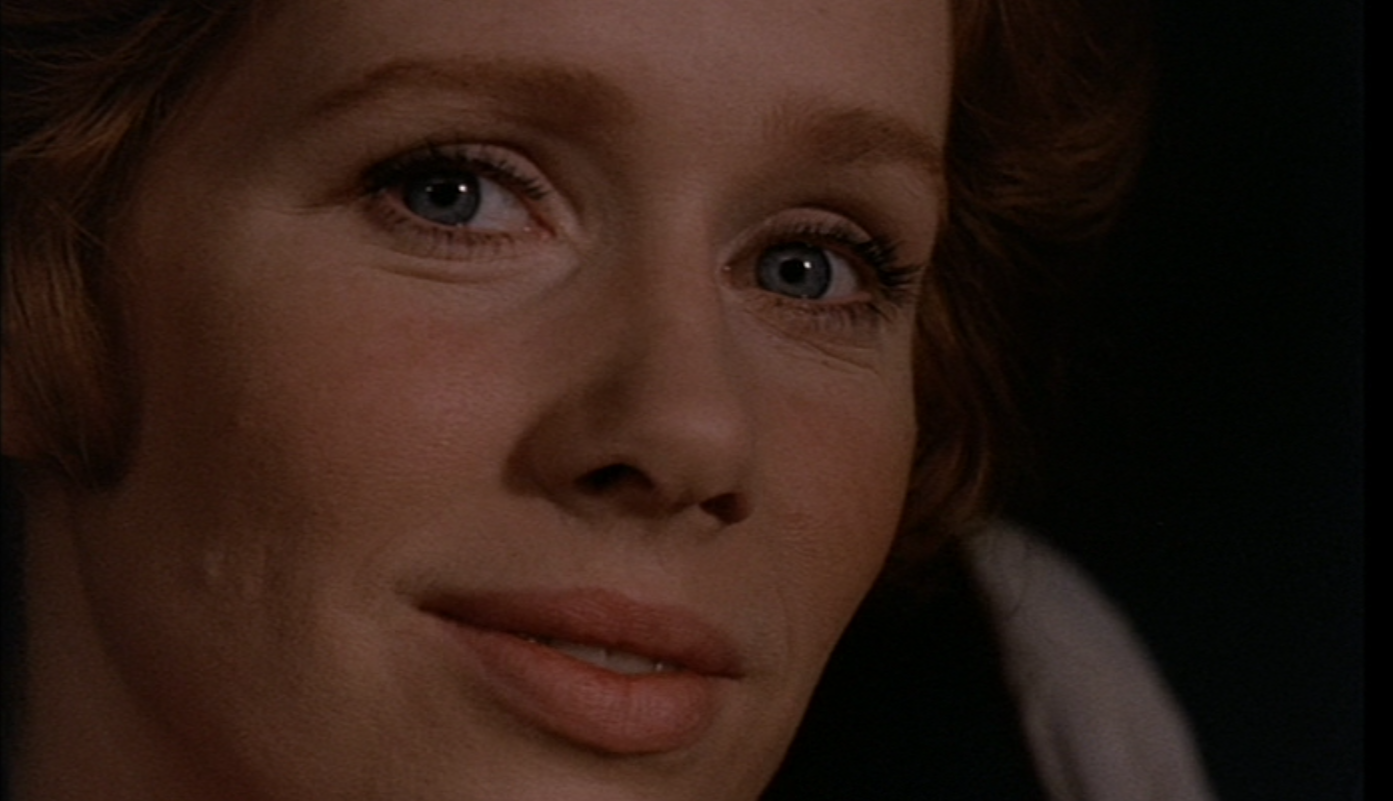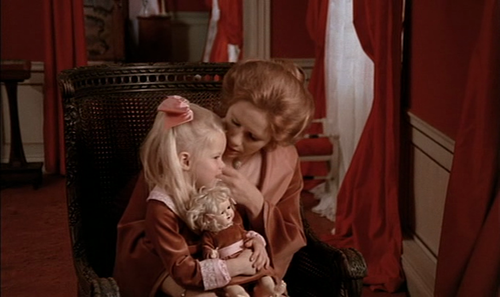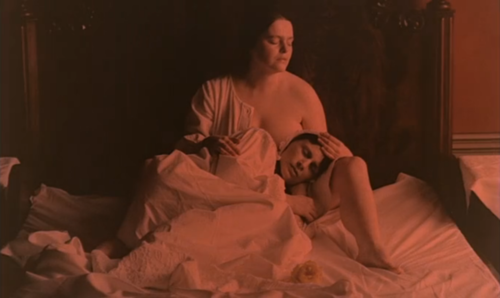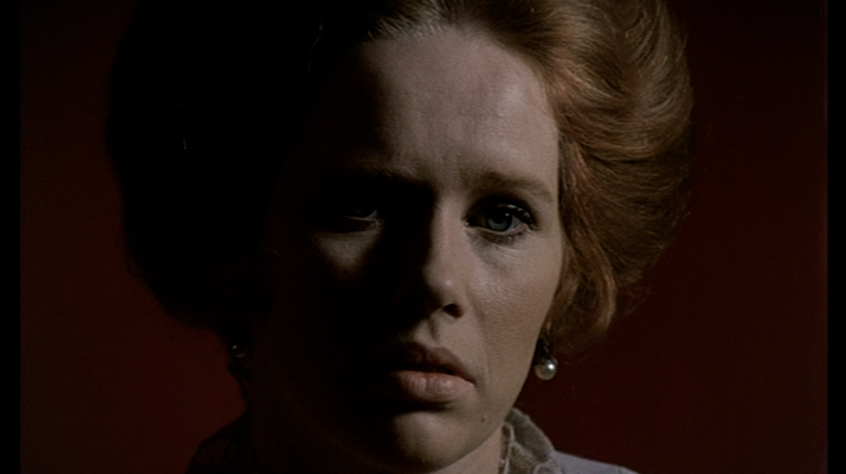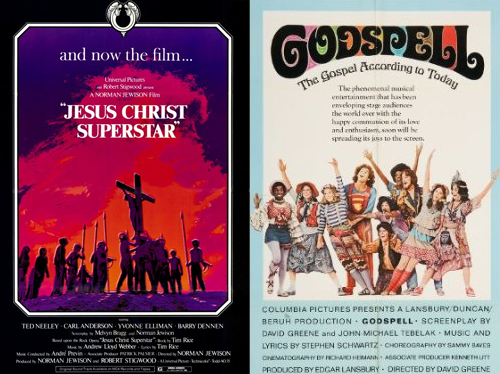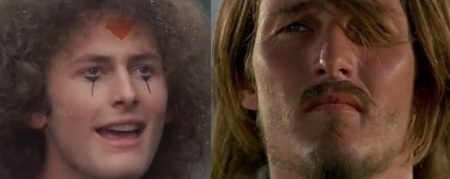Behold the five Oscar-nominated Supporting Actresses of 1973: a "bitchin' babe" (Candy Clark), a pint-sized con-artist (Tatum O'Neal), a possessed teenager (Linda Blair), a selfish carnival dancer (Madeline Kahn), and a vinegary New York institution (Sylvia Sidney).
THE NOMINEES
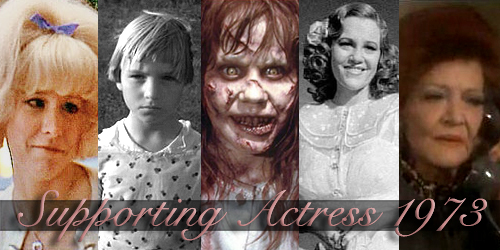
Last month's featured year, 1964, gave us an extremely senior acting shortlist of Oscar regulars but the corresponding shortlist of 1973, apart from Sylvia Sidney who had been a respected working actress for nearly a half-century, skewed very new and very young and not just because it gave us the youngest Oscar winner of all time in Tatum O'Neal; she was 10 years and 148 days old. The four actresses nominated with Sidney were in their first flush of stardom and only acting in their first (O'Neal) second (Kahn & Clark) or third films (Blair). The Academy of Motion Picture Arts and Sciences obviously approved of their career choice.
THIS MONTH'S PANELISTS
 from left to right: Chambers, Delany, Harris, Longworth, Rogers, Turner
from left to right: Chambers, Delany, Harris, Longworth, Rogers, Turner
You've already heard 'what 1973 means to them' and now here to talk about these five performances are authors Mark Harris ("Five Came Back") and Karina Longworth ("Anatomy of an Actor: Meryl Streep"), film critics Bill Chambers (Film Freak Central) and Kyle Turner (Movie Scene), your host Nathaniel R (The Film Experience) and our special guest: two-time Emmy winning actress Dana Delany ("China Beach", "Body of Proof", and the forthcoming "Hand of God").
And, as ever, we must thank StinkyLulu for the original Smackdown inspiration in which we revisit Oscar shortlists of the past without all the campaigning and heat-of-the-moment politics that infect each awards race. Without further ado, part one of the main event.... (here's part two which is a podcast conversation)
1973
SUPPORTING ACTRESS SMACKDOWN
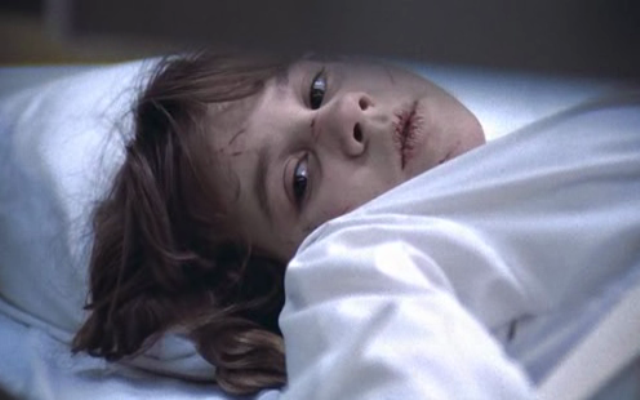
LINDA BLAIR as "Regan" in The Exorcist
Synopsis: The daughter of a famous actress begins acting strangely. Can two priests save her from the demon inside?
Stats: 15 yrs old. First and only nomination. 41 minutes of screen time (or 34% of running time).
Dana Delany: William Friedkin clearly created a set where Blair felt free to perform. She is naturally real as a pre-teen and then fully committed in the physicality when she is possessed. I know it's McCambridge's voice, but Blair deserved this nomination just for what they put her through; the crucifix in the crotch, alone! ♥♥♥
Bill Chambers: This isn't one performance but three--four if you count the makeup unto itself. Blair provides the base coat, of course, and the guilessness she brings to her early scenes is perhaps easy to underrate; she's not just natural, she's impossibly ordinary. (Her squirms and grunts in the hospital scenes are also viscerally authentic.) But Regan is a puppet in both concept and execution, manifesting fewer reactions than she provokes. In the end, this isn't unlike nominating Yoda or something. ♥♥
Karina Longworth: In a movie full of terrible performances, at least Blair's gives you something to think about, in that it takes some work to separate out what she's actually doing on her own, and what is being accomplished via makeup, effects, and voice dubbing. The things that are wrong (dated, laughable) with the movie are not Blair's fault, exactly, but she also doesn't exactly give a sense of the agency or invention that she brings to the role that another actress wouldn't. ♥♥
Kyle Turner: Though part of what’s memorable about Blair’s performance has to do with Mercedes McCambridge’s voice work, she adds an absolutely crucial element of that innocence and naiveté suddenly taken over by evil. The film is not only horrifying on a visceral level, but on a human level because we sympathise for Regan. She’s going through Hell. Literally. ♥♥♥♥♥
Mark Harris: Revisiting this, I found myself surprised by how little Blair is in the movie—unlike the adults, she’s not a character but an object, and William Friedkin uses her shrewdly but sparingly, in short, carefully chosen takes, sort of the way Spielberg deployed the shark in Jaws. It’s far from great acting, but her ordinariness works well for the part, and even though it’s a largely lip-synced performance (all hail Mercedes “Pazuzu” McCambridge!), she’s impressively game in every scene. ♥♥
Nathaniel R: Those doctors and priests are such fools. Little Regan definitely has an unholy spirit inside her and its name is "McCambridge". Though the sound design, dubbing, and makeup are doing major heavy-lifting, Blair does just fine with her half portions, believably slipping towards catatonic trouble. Plus: watch her demon scenes with the sound off (I tried it!) and there’s still solid physical acting. In short I believed this young actress scratched “Help Me” into her own stomach from the inside. ♥♥♥
Reader Write-Ins: "Even with all the help this performance gets (makeup, sound, voice actors, etc) I still think Blair was ahead of her age and completely believable. Even after all the spoofs and rip offs I still find her creepy and during the "normal" scenes she's very natural." - Mauro. (Reader average: ♥♥½)
Actress earns 19½ ❤s
4 more actresses after the jump
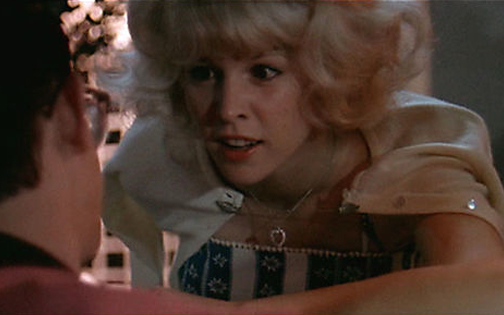
Click to read more ...
 Friday, August 1, 2014 at 3:00PM
Friday, August 1, 2014 at 3:00PM 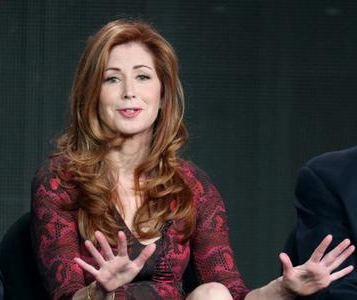 Dana Delany loves talking movies! You can see her next in "Hand of God" on Amazon PrimeYou've read the Supporting Actress Smackdown of 1973. Now hear its companion Podcast
Dana Delany loves talking movies! You can see her next in "Hand of God" on Amazon PrimeYou've read the Supporting Actress Smackdown of 1973. Now hear its companion Podcast 